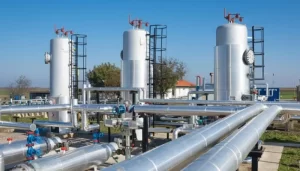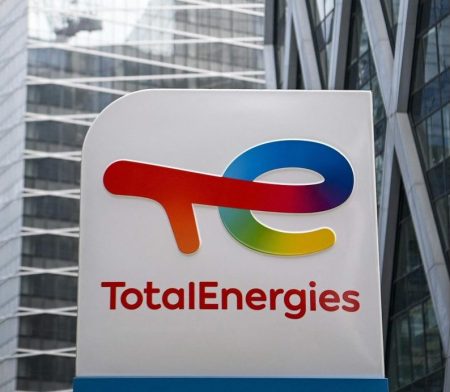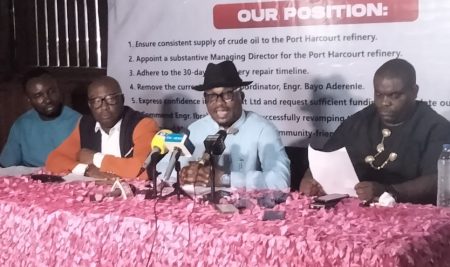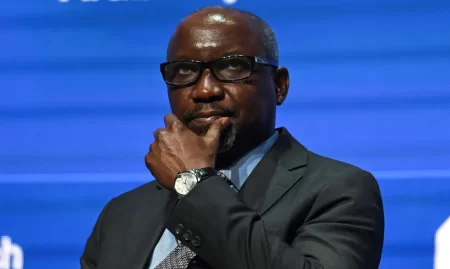
Sam Ikeotuonye
Lagos – Nigeria’s gas production will likely remain flat in the second quarter of this year, the Society of Energy Editors, SEE, has projected in its Second Quarter 2025 Outlook for the Nigerian Energy Sector.
Gas flaring penalties might tighten, forcing operators to invest more in gas utilisation, the Second Quarter Outlook also predicted.
The Society said in the recently released projections that national gas production would likely remain unchanged and that there would be no major improvement in supply in the quarter unless key projects, such as the Nigerian National Petroleum Company/Shell Petroleum Development Company’s ANOH Gas plant and the Obiafu-Obrikom-Oben, OB3, pipeline come on stream.
On gas exports, the Society said the Nigeria Liquefied Natural Gas, NLNG, which accounts for about seven percent of the global LNG supply, was facing rising competition in the market, including from Mozambique, Tanzania and the US shale gas.
It stated that Nigeria’s LNG exports would remain steady at 20 million metric tons per annum, MTPA, “unless major pipeline attacks occur”, adding that spot LNG prices might rise, improving the country’s revenues.
On the domestic front, the Second Quarter 2025 Outlook projected a growth in gas utilisation driven mainly by autogas: compressed natural gas, CNG; and liquefied petroleum gas, LPG; push as well as power sector demand.
As for the Federal Government’s CNG initiative, the Outlook maintained that it “faces slow adoption due to high conversion costs (₦1.5–₦3 million per vehicle), limited refueling stations (only 50 operational)” and added that the private sector, including companies like NIPCO, Axxela and others, were expanding CNG infrastructure, “but progress is slow”.
It projected “marginal growth in CNG usage (mostly commercial vehicles) and possible government incentives (tax breaks, subsidies) to boost adoption”.
It also observed that Nigeria’s LPG consumption, standing at 1.3 million metric tons, MT, in 2024, was rising, but added that penetration remained low with only 30% of households using the product.
The Society of Energy Editors noted in the Second Quarter 2025 Outlook that Nigeria holds the largest proven gas reserves in Africa, estimated at 209 trillion cubic feet, TCF, but it also noted that “utilisation remains suboptimal due to underinvestment in upstream gas infrastructure (processing plants pipelines); persistent gas flaring (8% of total production, despite government’s 2030 zero-flare target); and feedstock shortages for NLNG due to pipeline vandalism (e.g., Trans-Forcados, Escravos-Lagos Pipeline disruptions)”.



